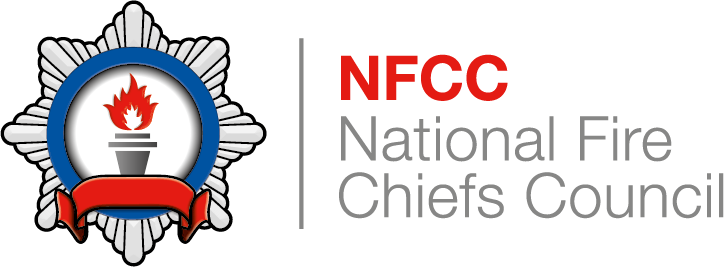Defining Risk
For community risk management in the fire and rescue service, we have proposed that risk is defined as:
Risk: A combination of the likelihood and consequences of hazardous events
This definition was endorsed following a consultation process that took place in 2020.
Key terms
We expand the key terms in this definition as follows:
| Term | Definition |
|---|---|
| Hazardous event | A potential event that can cause harm. |
| Likelihood | The chance of something happening. May be described by the probability, frequency or uncertainty of events. |
| Consequence | The outcome of an event. Specifically, the severity or extent of harm caused by an event. |
This technical definition links to the risk assessment process. It refers to “hazardous events”, which are potential events that can cause harm. Fire and rescue services record actual incidents of these types and produce statistics on their frequency and consequence. However, “hazardous events” also include possible incidents that have not yet happened but might happen in the future. A suitable and sufficient risk assessment should consider this possibility too. The definition allows for any “combination” of likelihood and consequences, to emphasise that risk might be the two components multiplied together, but they might be combined in other ways if appropriate.
Technical usage
The following table gives some examples of the technical usage.
| Expression | Meaning |
|---|---|
| “We use a risk-based approach” | “Our approach is based on the likelihood and consequences of hazardous events” |
| “We know all the risks” | “We know the likelihood and consequences of hazardous events that may happen in the community” |
| “Our priority is risk to life” | “Our priority is the combination of likelihood and consequences of fatal events” |
| “We match resources to risks” | “We match resources to the combination of likelihood and consequences of hazardous events” |
